Shiny red apples and everyday root vegetables like carrots and potatoes may steal the produce show every season, but this year we’re encouraging you to go beyond your produce go-tos and pick up some new-to-you fruits and vegetables. Why not enjoy these delicious options while they’re in season and in stock? You’ll be shocked by just how easy they are to prepare!
Persimmons

First up: persimmons! These tomato-looking fruits have a delicate honey-like flavor and taste like a cross between a mango and cantaloupe. Persimmons pair well with spices like cinnamon and nutmeg, and they’re packed with nutrients. For example, one persimmon contains 55 percent of your daily recommended intake of vitamin A and more than 20 percent of your daily vitamin C. This Simple Greens and Persimmon Salad Dressed with White Balsamic not only uses sliced persimmons in the salad base, but also blends them into a sweet creamy dressing.
Kohlrabi
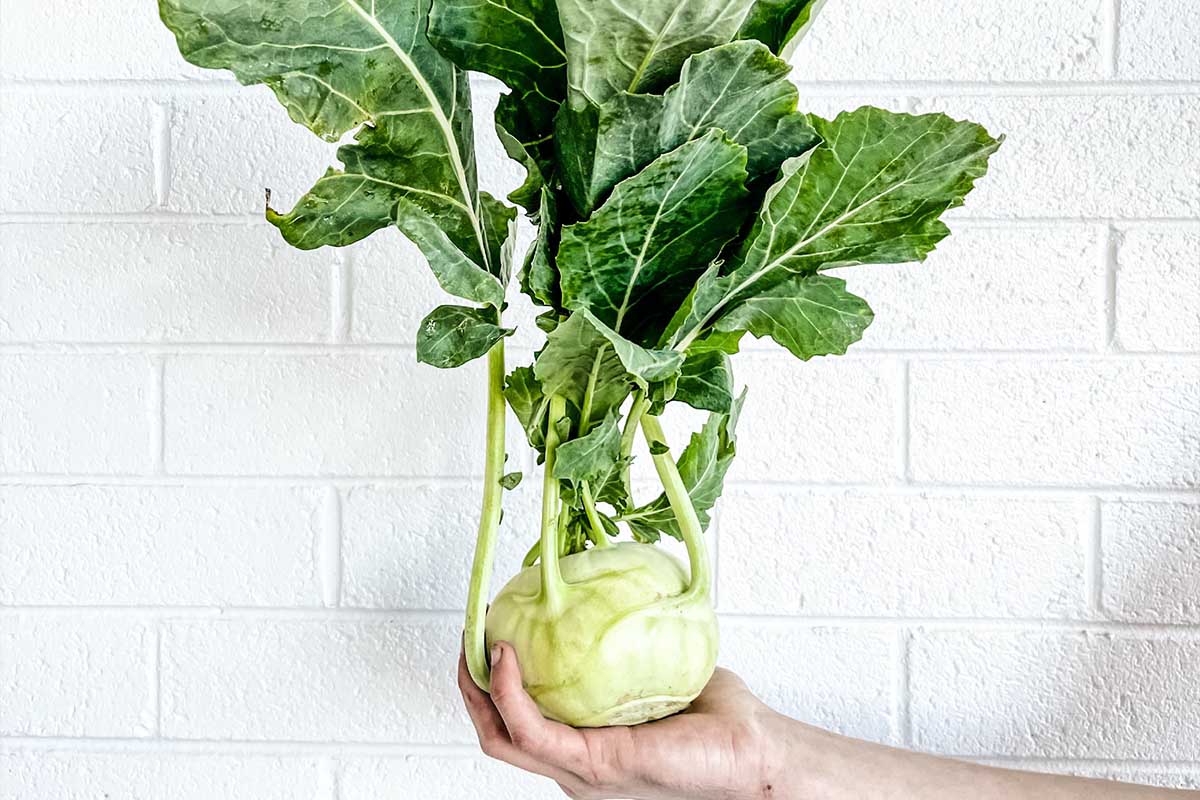
Part of the cruciferous family, kohlrabi tastes a bit like sweet cabbage. It’s delicious eaten raw, such as in this Crunchy Kohlrabi Slaw, or cooked up to make Kohlrabi Fritters. Not just flavorful, kohlrabi is also full of important nutrients, including digestion-supporting fiber and bone-strengthening calcium. Kohlrabi is available year-round; however, it shines during the winter months when you can find it at well-stocked farmers’ markets.
Rapini
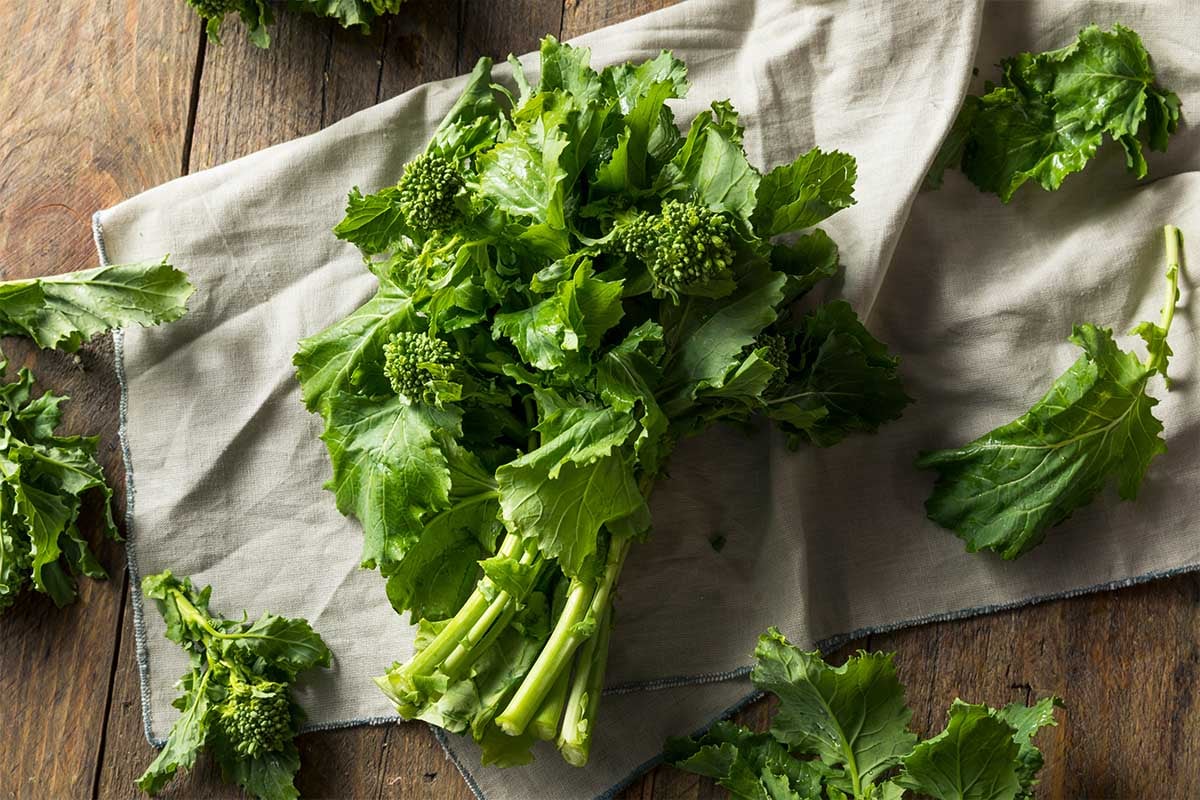
Also known as broccoli rabe (pronounced “rob”), rapini’s slight bitter taste is reduced once cooked, making it a delicious addition to pastas or soups. For a flavorful, Italian-inspired dish, make Sautéed Rapini with Spaghetti, Garlic, Toasted Walnuts, and Anchovies to transport your taste buds to the sun-kissed Amalfi Coast of Italy. Or brighten up a dark winter day by making this Mouth-Watering Mediterranean Stir-Fry that includes a cup of rapini with sunny Mediterranean flavors.
Rutabagas

Rutabaga will be your new favorite root vegetable for many reasons: It is rich in vitamin C to support immune health (important during cold and flu season!). It is packed with potassium, which promotes optimal muscle function. And it is also high in fiber, which helps with maintaining a healthy gut. Add nutrient-rich rutabaga to your weekly menu with this delicious Scalloped Rutabagas with Maple Walnut Dressing salad. Or upgrade your fries with this Rutabaga Fries with Greens and Pea Pesto recipe.
Celery root
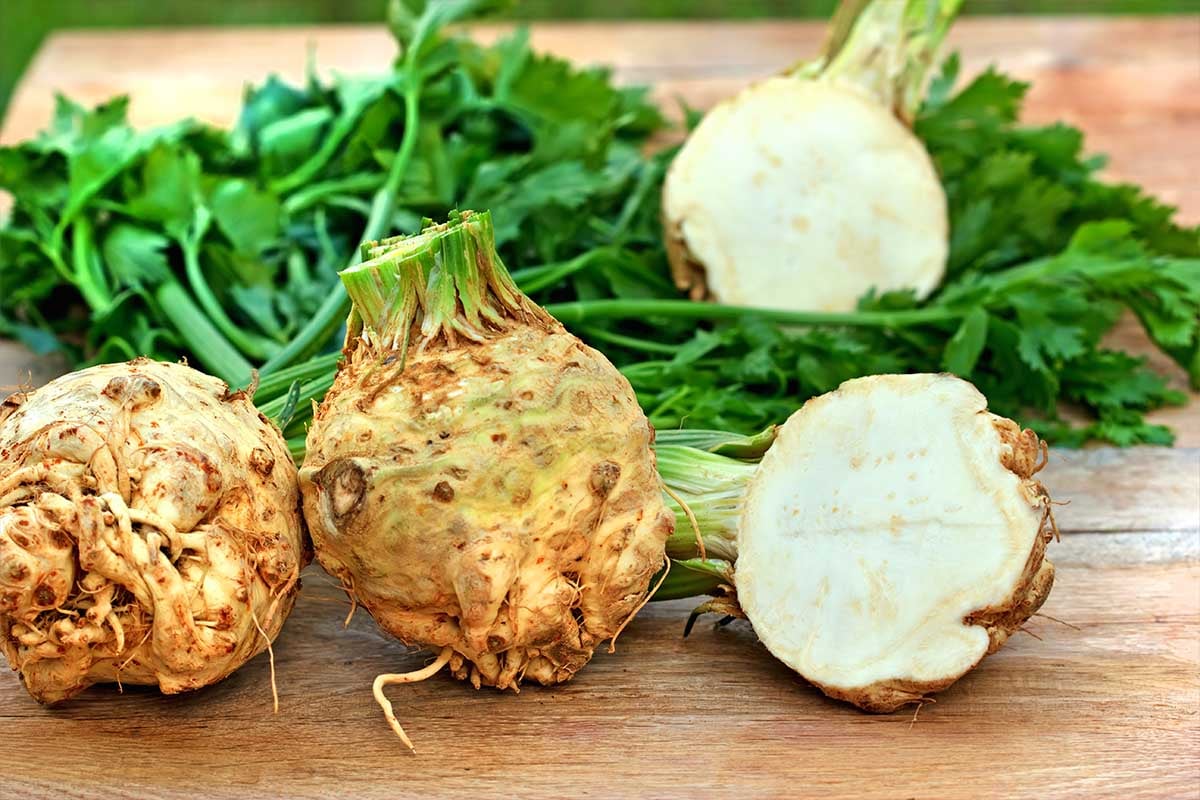
Celery root may look intimidating, but once you start cooking with this root vegetable, you’ll soon realize its versatility. After peeling off the thick outer skin and dicing it, you’ll find that celery root is delicious in a comforting Vegetable Mash or classic Cream of Celery Soup with Salmon Tartar. Raw celery root is crunchy and provides a fresh base for salads or coleslaws like Celery Root Apple Slaw, where this root vegetable pairs well with tart green apples.
Collard greens
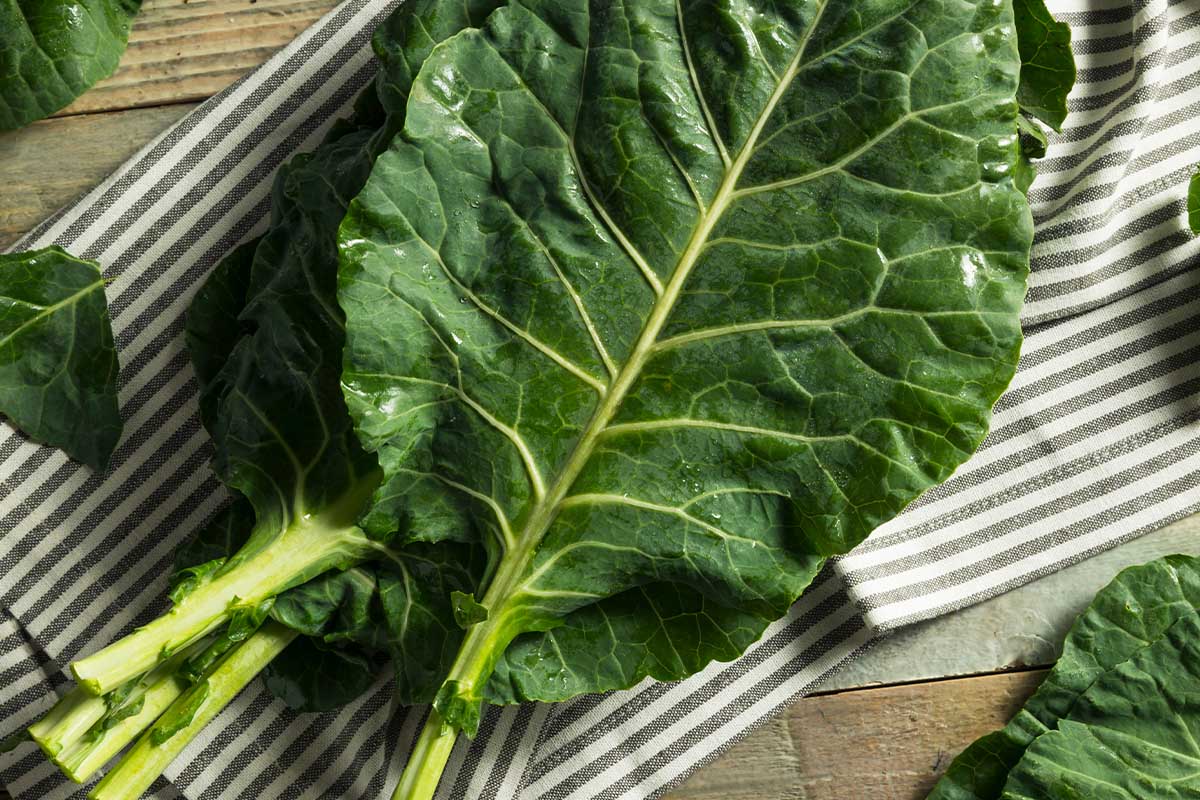
While collard greens can be purchased year-round, they are tastier and more nutritious in the colder months. Collard greens are packed with folate, which is especially important during pregnancy to reduce the risk of birth defects. For a delicious preparation method, try Warm Mediterranean Shredded Collards with Penne and Tomatoes, or make an on-the-go lunch out of Collard Chicken Wraps with Green Hummus.
Fennel bulbs
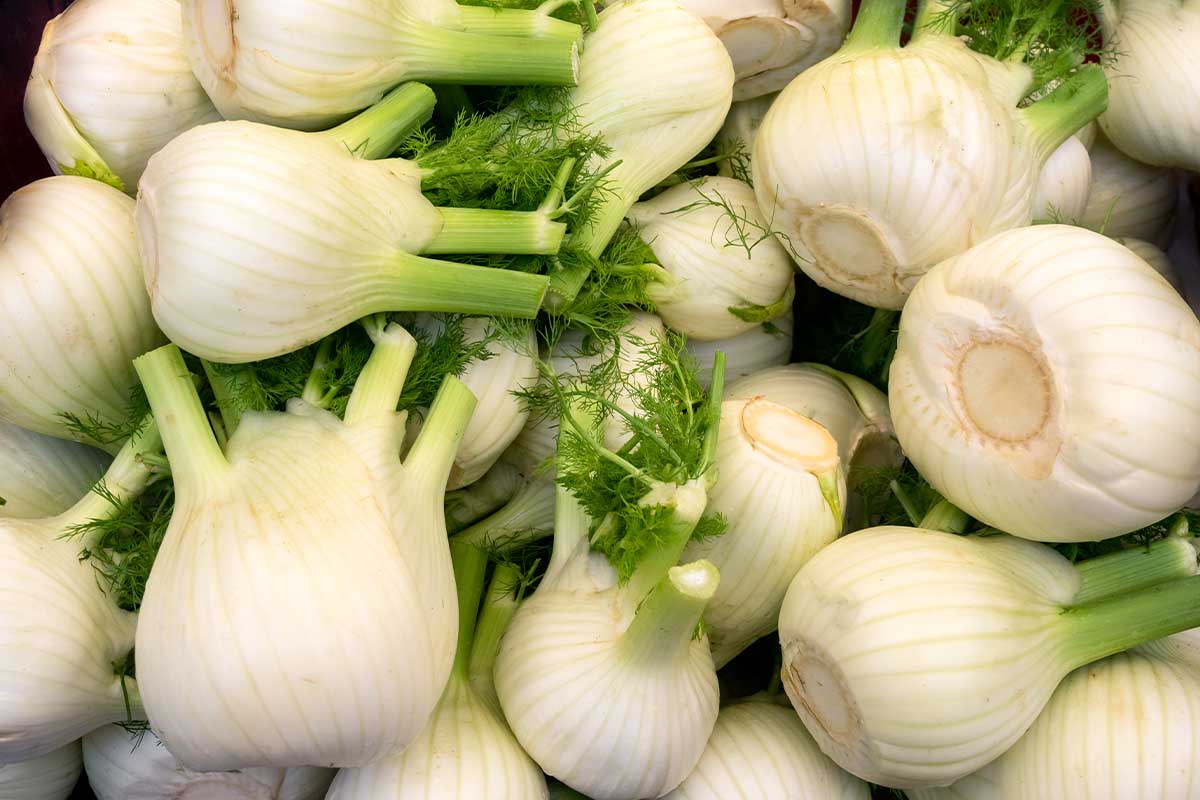
Quick cooking tip: for stir-fry dishes and salads, choose small to medium bulbs as they are less stringy than large bulbs, which work better for soups and stews. Fennel bulb’s mild licorice flavor pairs well with apple like in this Fennel, Apple, and Radicchio Slaw. And for all women who experience painful period cramps, fennel has been shown to provide relief—that’s a relief!
Parsnips
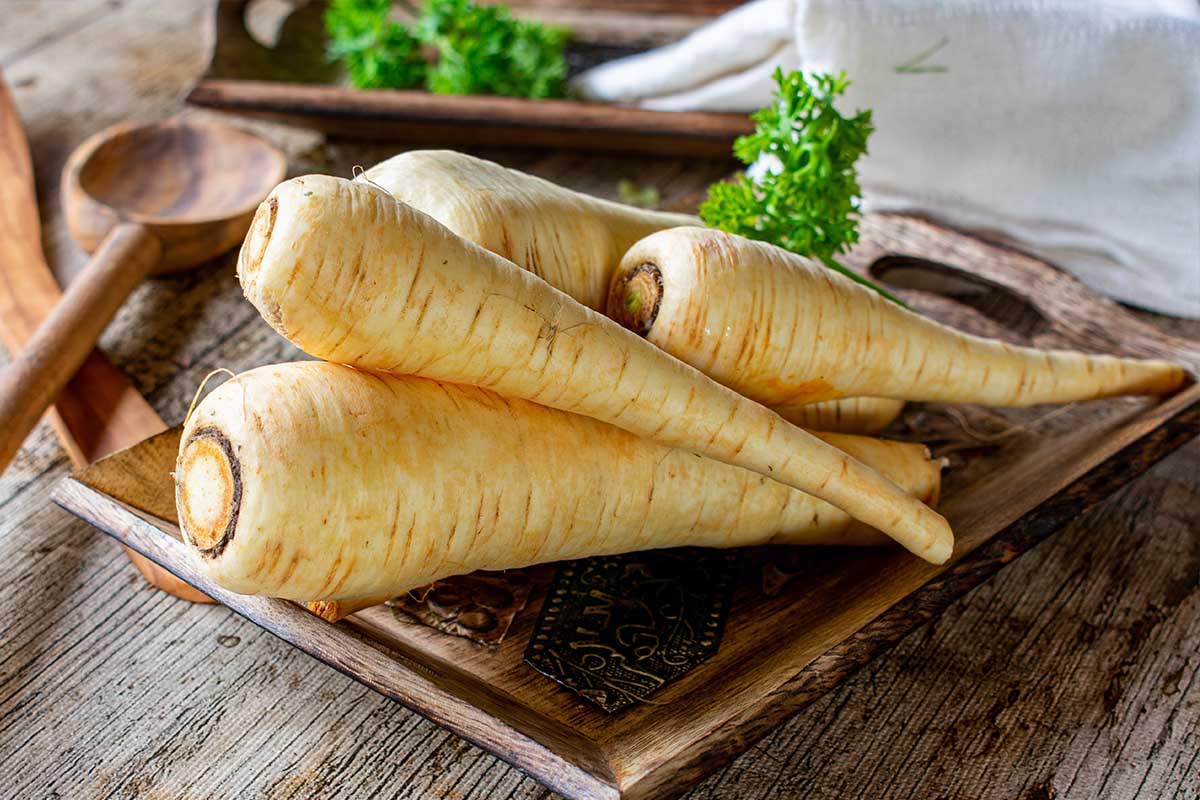
Parsnips are in season from late fall to early spring and develop a sweeter flavor after winter frosts. Fun fact: parsnips were used as a sweetener before the cultivation of sugar beets and cane sugar. Want to sweeten up to parsnips? Make them exciting by whipping up Potato Parsnip Pear Soup with Smoked Gouda or kid-friendly Chicken Nuggets, which use two mashed parsnips.
Pomelos
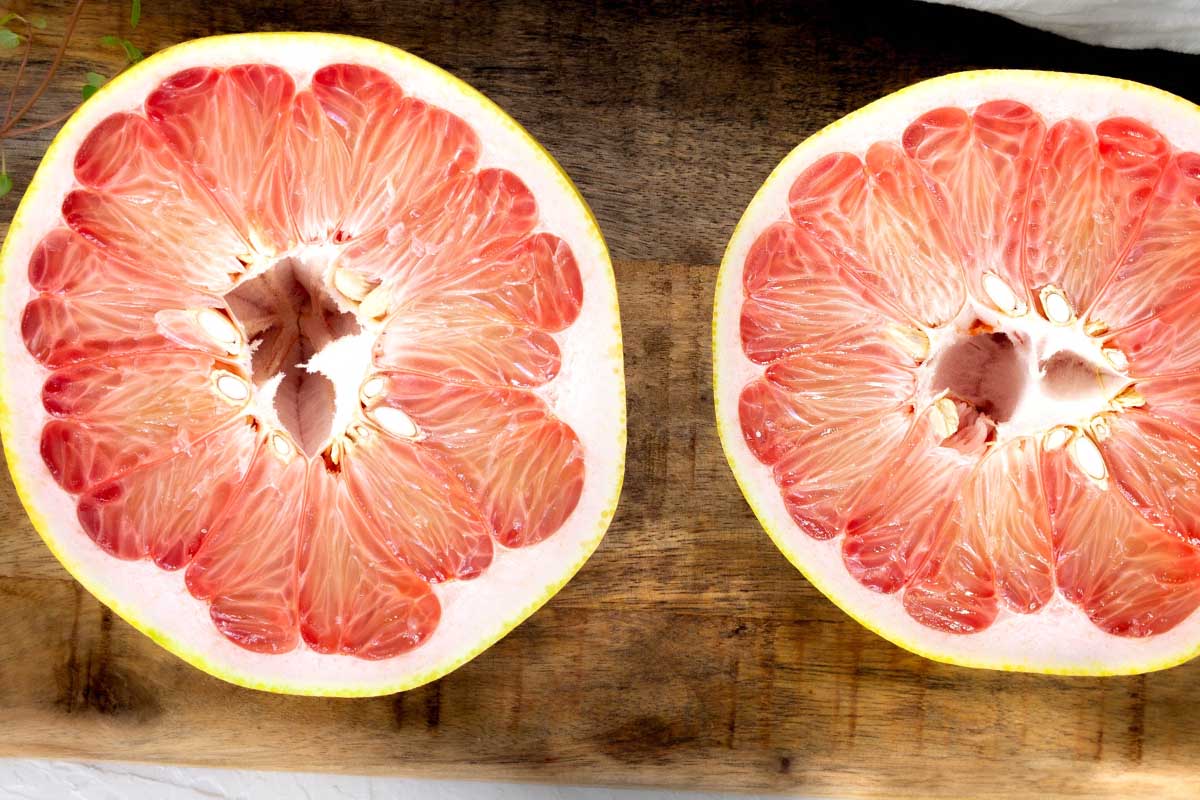
Wintertime brings an array of citrus fruits, including the largest of them all: pomelos! Pomelos taste like grapefruits with a slightly bitter aftertaste and are at their peak from December to February. Enjoy them as a snack, in salads, or juiced to make immunity shots. Try using pomelos in place of grapefruits in this delicious Grapefruit and Fennel Salad with Chicken and Avocado.
Pomegranates
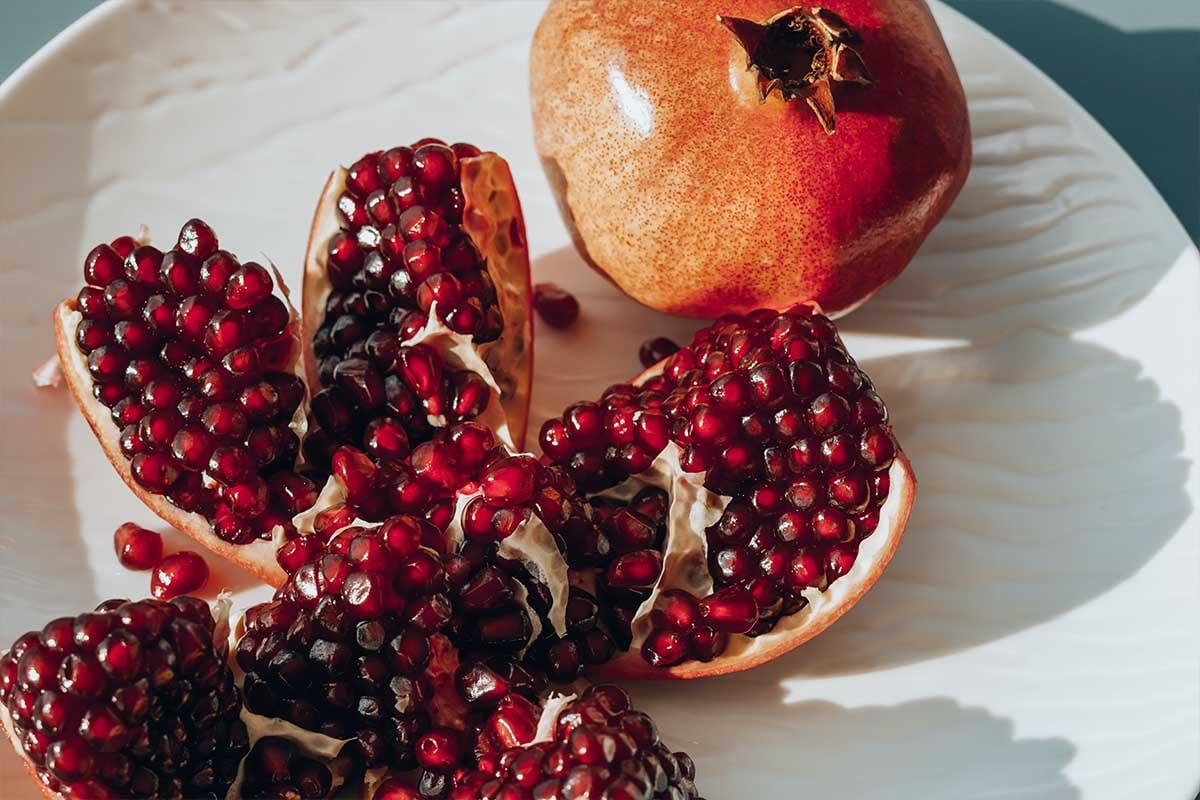
Ruby red pomegranate seeds are the gems of the fruit world and pack a punch of nutrition in each bite. For a festive drink, try this Pomegranate and Fennel Elixir or Citrus Pomegranate Sunrise. If you’re looking to make a healthy holiday side dish, Roasted Root Vegetables with Pomegranate are a delicious choice. Having trouble de-seeding pomegranates without making a mess? Check out this easy cutting hack tutorial.




